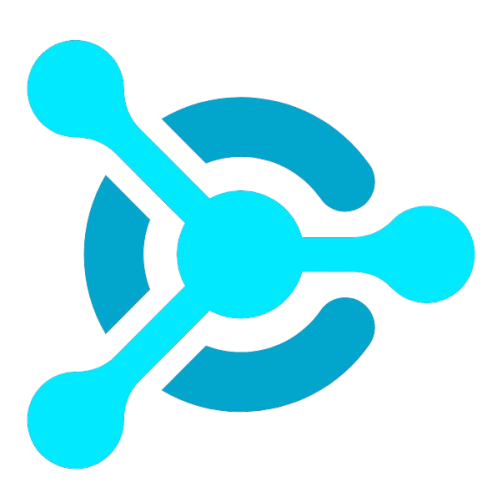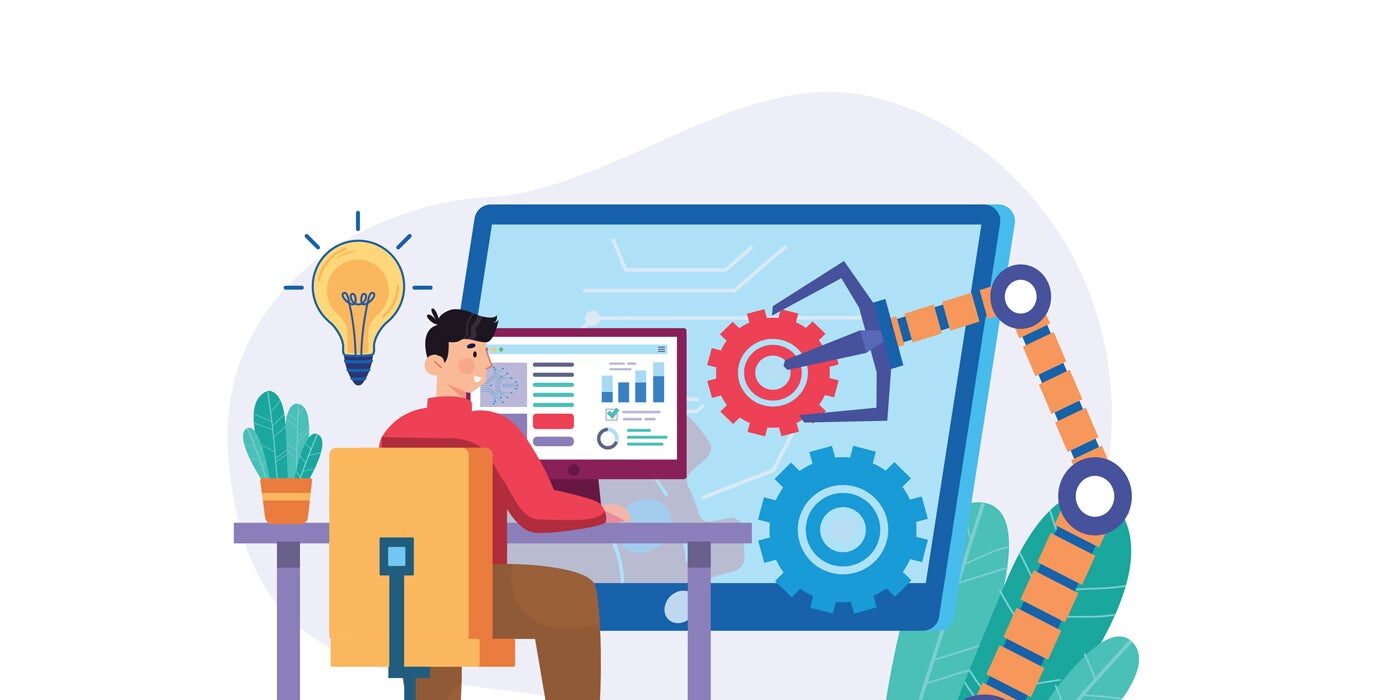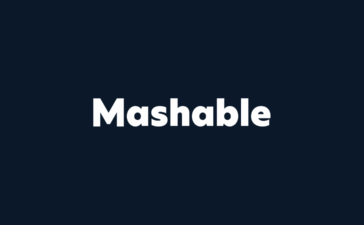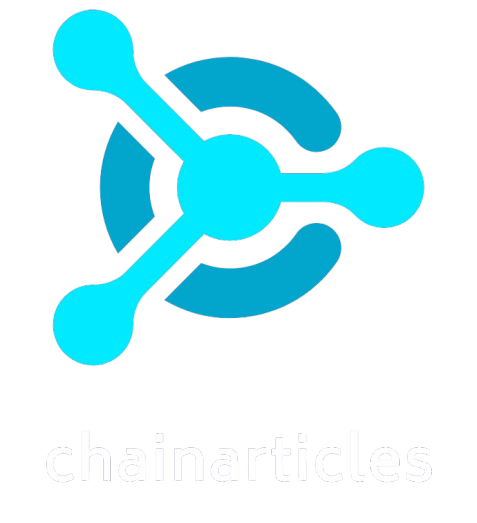Key takeaways
|
What is employee onboarding automation?
Employee onboarding automation streamlines tasks such as paperwork, training assignments, and meetings. This is typically done through onboarding software systems or general HR software platforms. These tech solutions are also a great way to manage remote onboarding.
For example, Rippling allows you to create customized workflows for onboarding to tailor the process to your company’s needs. You can set up specific triggers so that when a certain action is taken, such as returning the signed offer letter, a follow-up action or notification is initiated.
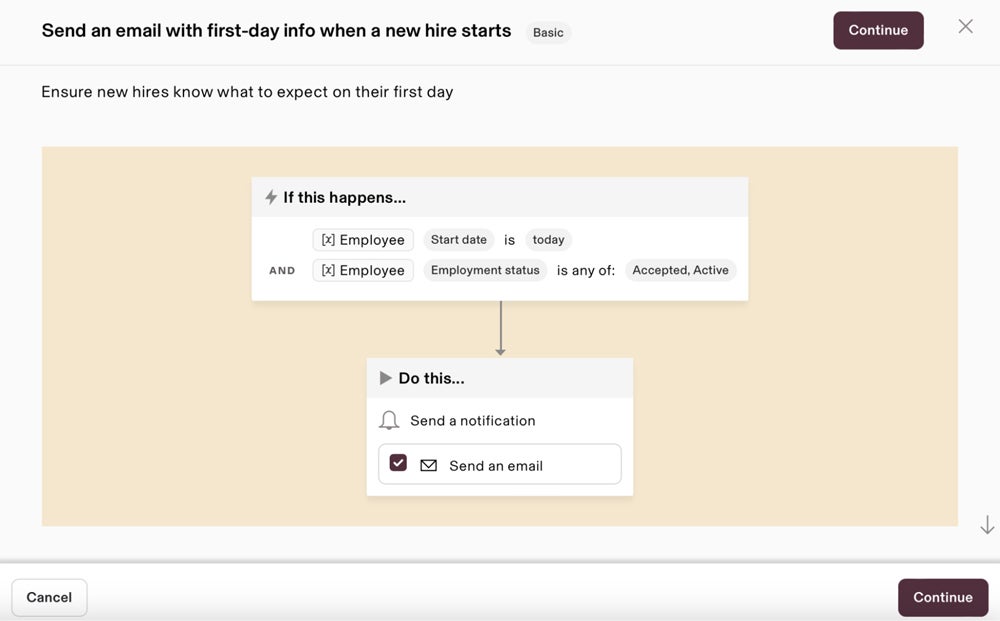
How to automate onboarding
1. Review your current employee onboarding process
It’s helpful to start by listing the steps of your employee onboarding process. If you already have an employee onboarding checklist, refer to that and double-check that it’s up-to-date and aligned with your current processes.
2. Decide which onboarding processes you want to automate
Look at your onboarding process and consider where you may benefit from automations. Not every step in your onboarding workflow needs to be automated, but you may find that certain areas are particularly time-consuming and burdensome for your team and should be a top priority for automation.
3. Evaluate your onboarding software capabilities
If you’re using an HR software system with onboarding capabilities, you may already have the necessary technical tools to build your automations. Review your current software’s capabilities, and contact the vendor for help if you’re unsure where to find workflow automations within the platform or if your current plan supports this feature.
It’s also a good idea to check if any third-party integrations, such as Zapier, will work with your existing software platform. This can be significantly cheaper and more convenient than switching over to an entirely new HR platform.
|
If your current software doesn’t support automated onboarding workflows, you may need to start evaluating new tools to find one that can handle the processes that you identified as top priorities for automation. BambooHR, our top choice for employee onboarding software, is an excellent option to explore. BambooHR offers customizable onboarding templates and workflow automations to keep your process consistent and organized. |
4. Build your automated workflows
Once you’ve got your tech figured out, you can start building your automations. The exact process will vary a bit based on the onboarding platform you’re using, but you will generally always need to set a trigger and an action.
A trigger is the event that occurs to initiate the automated action. A common trigger might be an employee signing their offer letter or an employee’s start date arriving. Then, the action occurs, this is the step that you want the software program to perform when it registers the trigger. For example, a trigger may be the employee signing their offer letter, and an action could be sending a notification to IT to set up their computer and workstation.
5. Monitor the effectiveness of your onboarding automations
Once you’ve created and implemented your automated onboarding workflows, you’ll want to continuously monitor their effectiveness and tweak them as needed. Take note of any bumps you or your team encounter, and be sure to review and update your onboarding automations regularly as your processes change. It’s also a good idea to solicit employee feedback on their onboarding experience.
While employees won’t necessarily know what automations you have in place, they can point out what worked well or didn’t throughout the process, which can uncover some insights into the effectiveness of your automations.
Benefits of onboarding automation
Automating your onboarding process can benefit your organization in several ways. Here are a few to remember as you consider implementing onboarding automations.
Streamlines the onboarding process
A streamlined process helps new hires complete onboarding tasks on time. Manual processes can cause delays, extend onboarding timelines, or create confusion.
Reduces the administrative burden of onboarding
Employee onboarding can come with a lot of tedious administrative tasks that eat up your team’s time, such as manually sending emails, setting up user accounts, filling out the HRIS and payroll profiles, and keeping track of what paperwork has been returned. With onboarding automation, that time can be better directed towards the more hands-on interpersonal aspects of onboarding to provide a better experience for your new hires.
Improves the new hire experience
Onboarding allows you to make a strong first impression with your new hire. Providing a seamless onboarding process will not only help them be better prepared to jump into their new roles, but it also lays the foundation for better employee engagement and satisfaction. When you automate your onboarding, the key resources and information they need to get started will arrive in their inbox in time for their first day, letting them start off on the right foot.
Reduces the likelihood of errors
When you’re handling all of your onboarding processes manually, there’s room for errors or inconsistencies. You can easily make a type when manually inputting information from an employee’s onboarding forms into another system. You may also forget a step and accidentally leave an employee without key information or a necessary login during their first week.
When you automate your processes, there is a higher level of consistency across every onboarding you perform and a lower likelihood of errors.
Examples of employee onboarding automations
Here are some examples of onboarding automations that you can set up. Note that automation capabilities can vary by platform.
Scheduling orientation meetings
You can automate the process of scheduling meetings for your new hire. Depending on your organization’s orientation process, you can create workflows to schedule meetings with the employee’s manager, HR representative, IT department, or their whole team for introductions.
Setting up new employee accounts
Your new employee will need a lot of new accounts. They’ll need to access your payroll and time tracking system, email, and likely some project management or internal messaging tools. Depending on your chosen software solution and how it integrates with these other apps, you may be able to set up an automation to create these accounts before your new employee’s first day. This can be triggered when they return their signed offer letter or a set number of days before their scheduled start date.
Sending onboarding task reminders
Instead of manually checking in on the completion of onboarding tasks like paperwork completion or policy acknowledgments, you can set a notification email to go out whenever a task is overdue. Build a templated email or in-platform notification that will be triggered to go out at set times (such as when a deadline is approaching, when something is one day late, and at ongoing intervals until it is submitted).
Managing equipment mailings
If you’re hiring remote employees, you can create a workflow automation to help send out equipment before their start date. When a start date is approaching, you can create automations such as pinging IT to send equipment and automatically generating a shipment label with the employee’s information for them to use.
Onboarding training assignments
Set up custom workflows to assign the right training courses based on an employee’s location, role, and department. For example, certain states have particular training requirements for sexual harassment, food handling, workplace safety, and other areas that may vary based on the employee’s job.
Sending check-ins at 30, 60, and 90 days
You can automate your feedback process by setting your employee onboarding software to send out a feedback survey at the 30, 60, and 90-day mark after an employee has been onboarded. Ensure that you have the correct start date recorded in your employee onboarding system or HRIS platform, and set up a survey to automatically be sent whenever a new hire hits one of those three milestones.
Onboarding automation FAQs
What steps of the onboarding process can be automated?
Steps such as sending and tracking onboarding paperwork, assigning training, setting up accounts, and scheduling meetings can be automated. Onboarding automation is also helpful for sending pulse surveys and check-ins during and following the onboarding process to collect feedback.
What is employee onboarding software?
Employee onboarding software refers to digital tools designed to support and streamline the employee onboarding process. Often, onboarding software is not a standalone solution, but is instead part of a more well-rounded HR software system.
Can employee onboarding be fully automated?
While many steps in the employee onboarding process can be automated with the right technology, several steps will still require a human touch. For example, you can automate the assignment of a mentor or new hire buddy or the scheduling of an initial team welcome meeting, but the meetings or communications that follow should not be automated as you want to build a genuine connection. Automation helps you save time on the paperwork and administrative steps, to give you more time for the more interpersonal aspects of onboarding.
